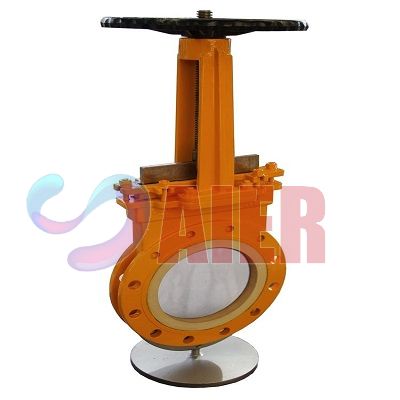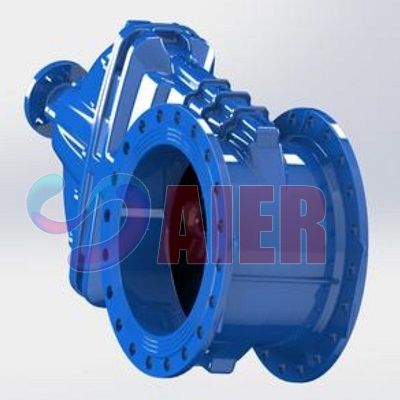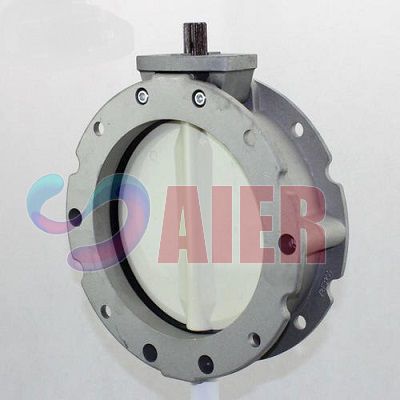Oct . 02, 2025 12:10 Back to list
China Wear-Resistant Slurry Pump: Longer Life, Lower Cost?
Field Notes on the china wear-resistant slurry pump market
I’ve walked tailings lines that never seem to end, and I’ve watched brand‑new impellers get chewed up in weeks. That’s the reality of abrasive duty. China’s ecosystem for slurry handling has matured fast—pumps, liners, and, interestingly, the wear‑resistant valves that keep the circuits honest. In fact, many customers say the smartest upgrades are the boring ones: metallurgy tweaks, seal choices, and proper valve spec on the discharge.

Trends I’m seeing (and hearing on site)
- Metallurgy diversity: high‑Cr iron (A05, A49), rubber and PU liners for fine slurries.
- ISO 9906 acceptance tests becoming standard, even for mid-tier suppliers.
- Integrated packages: pump + wear‑resistant valves + spools, to cut install time.
- Data logging on duty points; operators actually checking BEP drift—surprisingly useful.
How the good builds are made (short version)
Materials: high‑chrome white iron (≈26–28% Cr) for impellers/liners; NR rubber for fine slurry; polyurethane for low pH fines. Methods: precision sand or lost‑foam casting, solution/tempering heat‑treat, CNC machining, ISO 1940‑1 dynamic balancing (G6.3, sometimes G2.5 for high speed). QA: hydrostatic and performance testing per ISO 9906 or GB/T 3216; abrasion screening via ASTM G65, and erosive checks by ASTM G76. Real‑world service life? Roughly 3–9 months on A05 in coarse 30–45% solids; up to 12–18 months on rubber-lined where the PSD skews fine. It varies—obviously—by pH, velocity, and solids geometry.

Typical specification snapshot
| Model (example) | Flow (m³/h) | Head (m) | Impeller/liner | Max solids (mm) | Power (kW) |
|---|---|---|---|---|---|
| 6×4H | 140–360 ≈ | 20–55 ≈ | A05 or NR | 45–65 | 30–110 |
| 8×6F | 300–720 ≈ | 18–50 ≈ | A05/A49 | 65–90 | 55–185 |
| 4×3H | 70–220 ≈ | 22–70 ≈ | A05/PU | 35–50 | 22–75 |
Quick test data (lab): ASTM G65 Proc. A volume loss for A05 typically 55–90 mm³; rubber liners show markedly lower grit‑induced gouging on

Where they run
Mining (Cu, Fe, Au tailings), sand & gravel, alumina red mud, FGD, coal prep, dredging. A china wear-resistant slurry pump paired with long‑life valves simplifies isolation on thickener underflow lines—less swearing during shutdowns, to be honest.
Vendors at a glance
| Vendor | Metallurgy options | Certs | Lead time | Customization |
|---|---|---|---|---|
| Aier (China) | A05/A49, NR, PU | ISO 9001; ISO 9906 test | 3–6 wks ≈ | OEM pumps + wear‑resistant valves |
| Global Brand | Broad portfolio | API/ISO suite | 8–14 wks | High, higher cost |
| Local Fabricator | Limited | Varies | 1–4 wks | Fit‑for‑purpose |
Don’t forget the valves (seriously)
Aier’s wear‑resistant gate and butterfly valves (China origin) are the quiet heroes—API 600/API 609 design references, pressure testing per ISO 5208. Long life, easy maintenance, and OEM flexibility for global users. Pairing them with a china wear-resistant slurry pump can cut isolation time and leakage. Many customers say this combo saves more downtime than a high‑spec impeller alone.

Customization and two quick cases
- Seals: expeller, packing, or mech seals (SIC/TC) based on solids and pressure.
- Metallurgy swap: A05 to A49 for corrosive slurries; rubber for fines.
- Liners/impellers trimmed to duty point; valves with replaceable seats.
Case 1: Magnetite plant, 8×6 duty. With A05 + rubber throatbush and wear‑resistant butterfly valves, MTBF improved ≈38%, valve seat change‑outs fell from quarterly to semiannual. Case 2: Sand wash line, 6×4. Switching to PU liners and packed‑gland seal cut water flush by ~22% and reduced leakage during isolation.
Bottom line: pick a china wear-resistant slurry pump that’s tested to ISO 9906, balance to ISO 1940‑1, and surround it with valves that can take a beating. It’s not glamorous, but it works.
References
- ISO 9906: Rotodynamic pumps—Hydraulic performance acceptance tests.
- GB/T 3216: Rotodynamic pumps—Performance tests (China standard).
- ASTM G65: Standard Test Method for Measuring Abrasion Using the Dry Sand/Rubber Wheel.
- ISO 1940‑1: Mechanical vibration—Balance quality requirements of rigid rotors.
- API 600 / API 609 and ISO 5208: Steel gate and butterfly valves; pressure test requirements.
-
Leading FGD Pump Manufacturers for Reliable Flue Gas Desulfurization Solutions
NewsNov.24,2025
-
Reliable FGD Pump Manufacturer China | Durable & Cost-effective Solutions
NewsNov.23,2025
-
Reliable fgd Pump Manufacturer Solutions for Emission Control | Aier Pumps
NewsNov.23,2025
-
Explore Advanced FGD Pump Factory Solutions for Cleaner Power Plants
NewsNov.22,2025
-
Reliable & Efficient FGD Pump Chinese Supplier for Cleaner Energy Solutions
NewsNov.22,2025
-
Reliable China FGD Pump Suppliers for Effective Flue Gas Desulfurization | AiEr Pumps
NewsNov.22,2025
